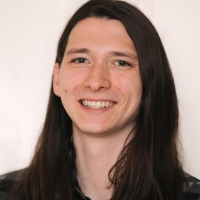
Job Description
Kyle applies his expertise in building science, thermodynamics, programming, and statistics to assist building owners across various industries in reducing their carbon emissions and energy consumption. This is achieved through several strategies, including direct equipment replacement, equipment commissioning, controls sequencing, and load shifting. Kyle specializes in developing and implementing advanced energy management software to identify faults in HVAC systems, recommend improvements, ensure successful implementation, and quantify energy savings. Kyle collaborates with a team that has established industry-leading statistics-based building energy modeling techniques and standards, developed alongside LBNL and the CPUC, to validate energy savings for utility incentive programs. Although much of this work is centered in California, Kyle's involvement in energy efficiency initiatives for large industrial manufacturing centers has generated energy savings throughout Asia.

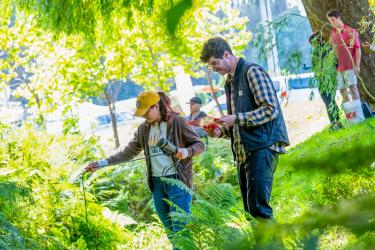
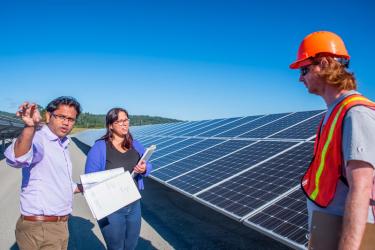
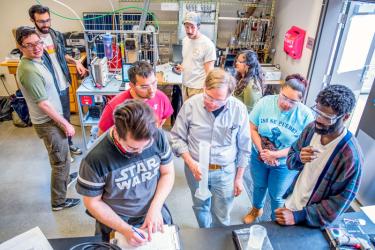
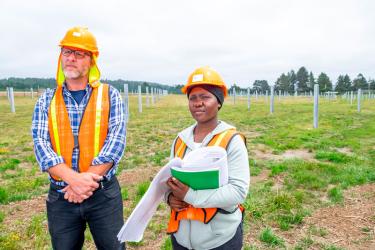
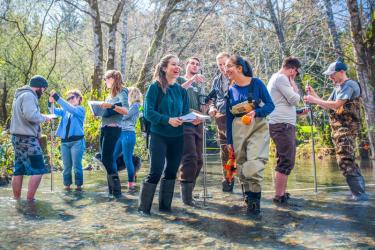
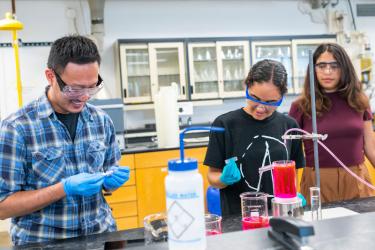
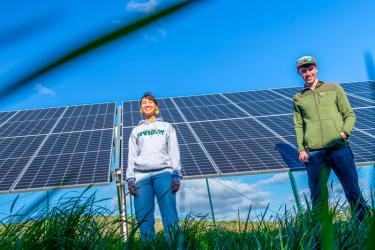
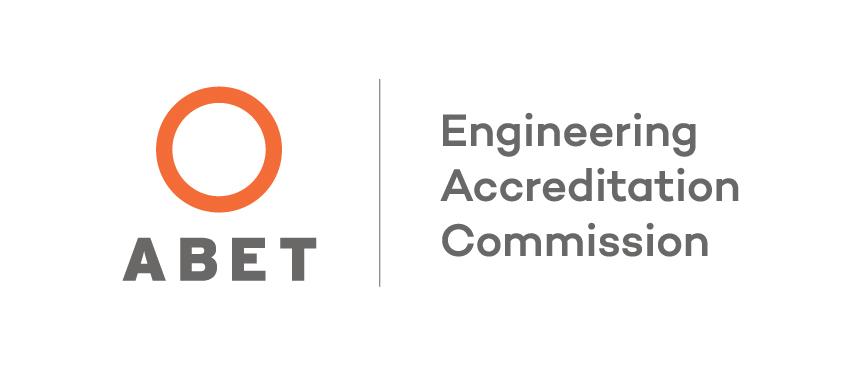
Other comments?
Find your tribe among your colleagues and integrate them into your support system. This is a challenging major, and you need people who understand the difficulties of being an engineering student to support you and inspire you. Engineers thrive when they collaborate rather than compete. Respect your peers, use them as a resource, and give back to the community whenever you can. ERE students go on to do amazing things, so it's very plausible that these connections will provide key professional opportunities later in your career.